Arcuate foramen
Citation, DOI, disclosures and article data
At the time the article was created Sajoscha A. Sorrentino had no recorded disclosures.
View Sajoscha A. Sorrentino's current disclosuresAt the time the article was last revised Bahman Rasuli had no financial relationships to ineligible companies to disclose.
View Bahman Rasuli's current disclosures- Arcuate foramina
- Foramen arcuale atlantis
- Ponticulus posticus
- Arcuate foramena
- Posterior ponticle
- Kimerle anomaly
The arcuate foramen (foramen arcuate atlantis, ponticulus posticus or posterior ponticle, or Kimerle anomaly) is a frequently encountered normal variant of the atlas and is easily appreciated on a lateral plain film of the craniocervical junction.
On this page:
Epidemiology
Incidence is ~8% (range 1-15%) and it is more common in females.
Gross anatomy
The arcuate foramen develops by calcification of the posterior atlanto-occipital membrane. The atlantic portion (V3) of the vertebral arteries pass through this foramen. It has a variable morphology, can be complete or incomplete and may be unilateral or bilateral.
Radiographic features
Plain radiograph
- complete or incomplete bony arch is seen over the posterosuperior aspect of the atlas on lateral projections
References
- 1. Orthofer P. Orthopädie und Orthopädische Chirurgie. Wirbelsäule und Thorax. Thieme Georg Verlag. ISBN:3131261919. Read it at Google Books - Find it at Amazon
- 2. Sharma V, Chaudhary D, Mitra R. Prevalence of ponticulus posticus in Indian orthodontic patients. Dentomaxillofac Radiol. 2010;39 (5): 277-83. doi:10.1259/dmfr/16271087 - Free text at pubmed - Pubmed citation
- 3. Pyo J, Lowman RM. The ponticulus posticus of the first cervical vertebra. Radiology. 1959;72 (6): 850-4. Radiology (citation) - Pubmed citation
- 4. Cakmak O, Gurdal E, Ekinci G et-al. Arcuate foramen and its clinical significance. Saudi Med J. 2007;26 (9): 1409-13. Pubmed citation
- 5. Dennis M. Marchiori. Clinical Imaging. ISBN: 9780323022644
- 6. Yochum T, Rowe, L. Yochum and Rowe's Essentials of Skeletal Radiology. 3rd edition. Lippincott Williams & Wilkins. 2005.
- 7. Frank Henry Netter. Atlas of Human Anatomy. ISBN: 9780808923848
Incoming Links
- Arcuate foramen and bilateral bony cervical ribs
- Arcuate foramen
- Arcuate foramen
- Arcuate foramen
- Ponticulus posticus
- Arcuate foramen
- Ponticulus posticus
- Hangman fracture with incidental arcuate foramen
- Arcuate foramen
- Kimerle anomaly
- Posterior ponticle - illustration
- Ponticulus posticus
- Arcuate foramen
- Arcuate foramen
- Left arcuate foramen
- Foramen arcuate atlantis
Related articles: Anatomy: Spine
-
osteology
- vertebrae[+][+]
- spinal canal
- cervical spine[+][+]
- thoracic spine[+][+]
- lumbar spine[+][+]
- sacrum
- coccyx
-
anatomical variants
- vertebral body[+][+]
- neural arch
- arcuate foramen
- posterior vertebral fusion anomalies [+][+]
- transitional vertebrae[+][+]
- ossicles[+][+]
- ossification centers
- intervertebral disc[+][+]
- articulations[+][+]
- ligaments[+][+]
- musculature of the vertebral column[+][+]
- muscles of the neck
- muscles of the back
-
suboccipital muscle group
- rectus capitis posterior major muscle
- rectus capitis posterior minor muscle
- obliquus capitis superior muscle
- obliquus capitis inferior muscle
- splenius capitis muscle
- splenius cervicis muscle
- erector spinae group
- transversospinalis group
- quadratus lumborum muscle
-
suboccipital muscle group
- spinal meninges and spaces[+][+]
-
spinal cord[+][+]
- gross anatomy
-
white matter tracts (white matter)
- corticospinal tract
- anterolateral columns
- lateral columns
-
dorsal columns
- fasiculus gracilis (column of Goll)
- fasiculus cuneatus (column of Burdach)
- grey matter
- nerve root
- central canal
- functional anatomy
- spinal cord blood supply
- sympathetic chain[+][+]


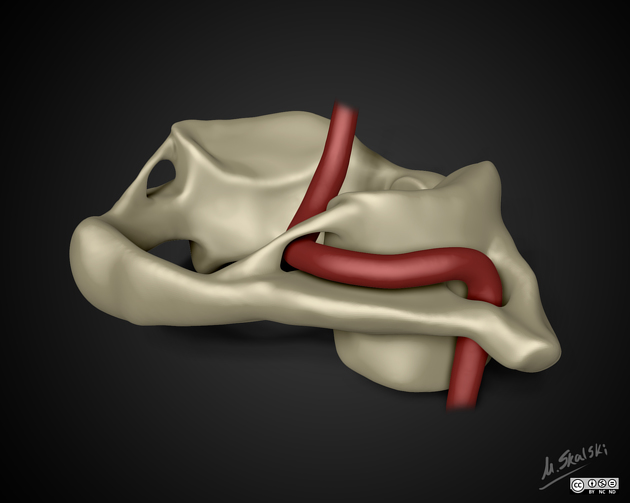

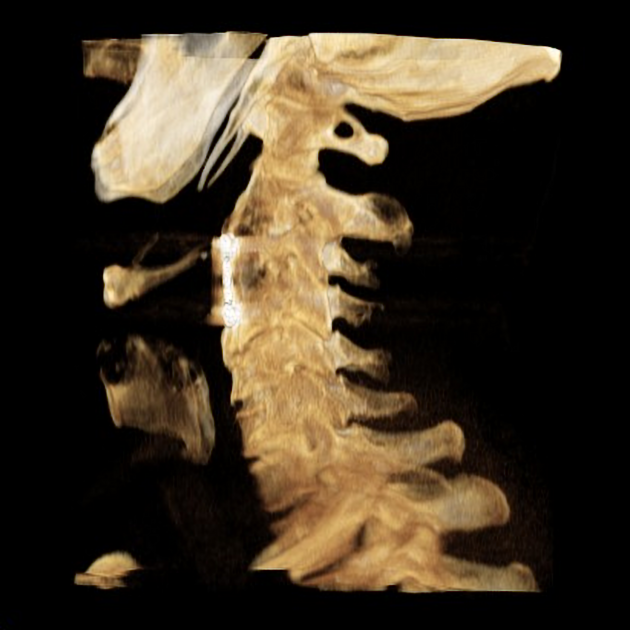
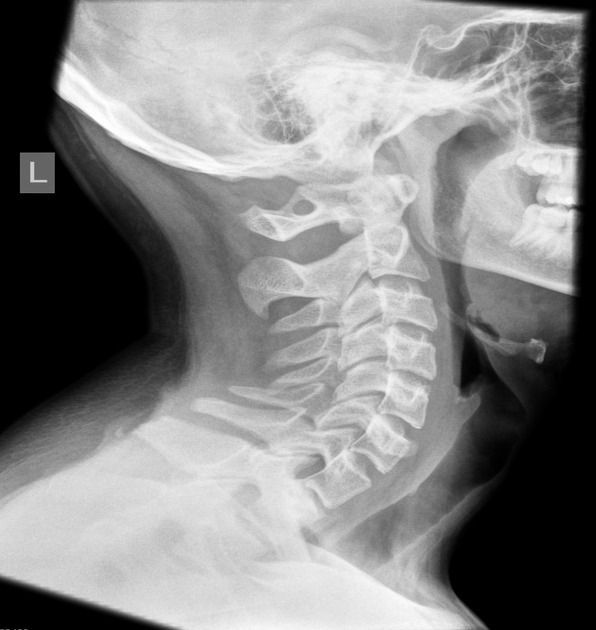
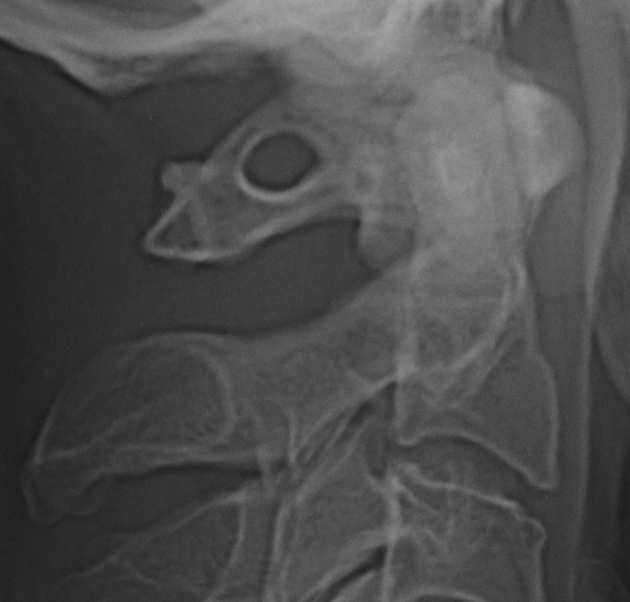
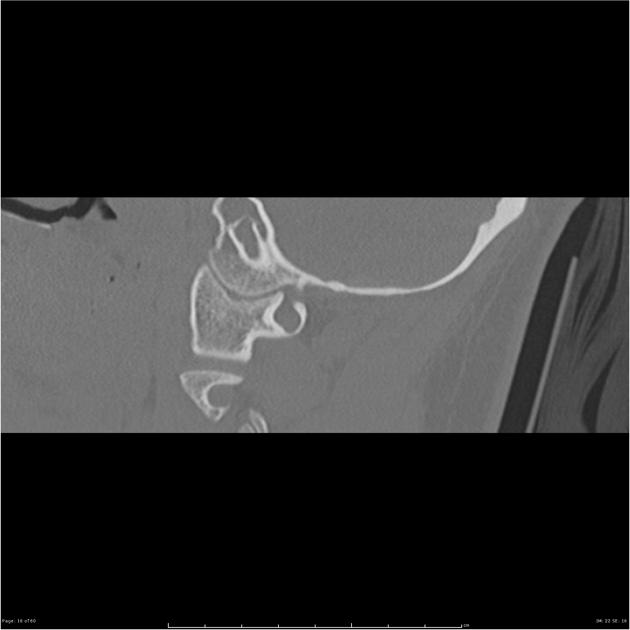
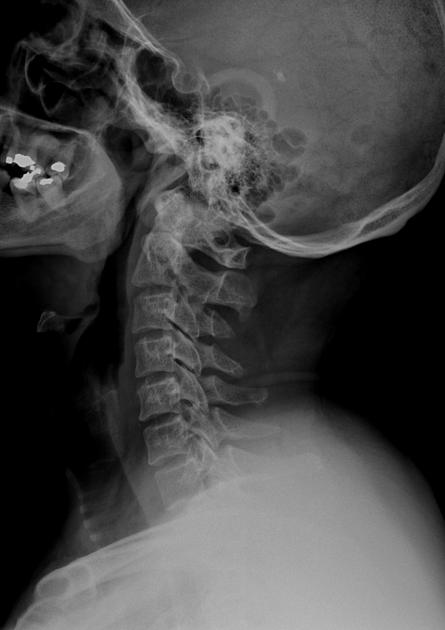
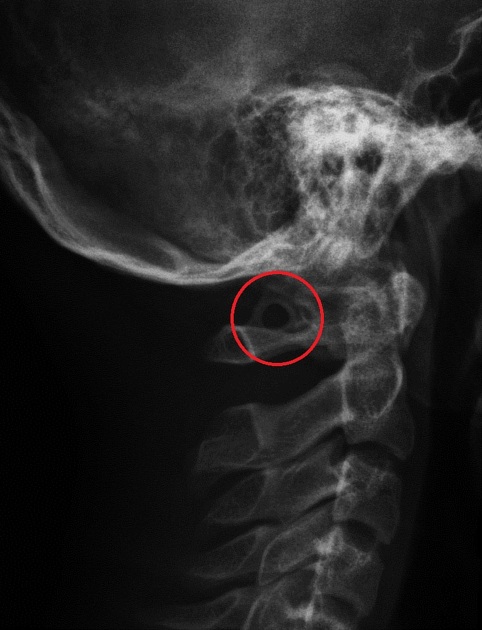
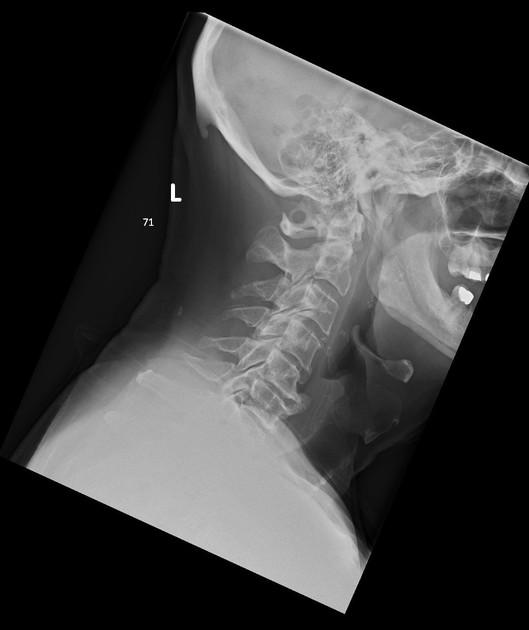


 Unable to process the form. Check for errors and try again.
Unable to process the form. Check for errors and try again.